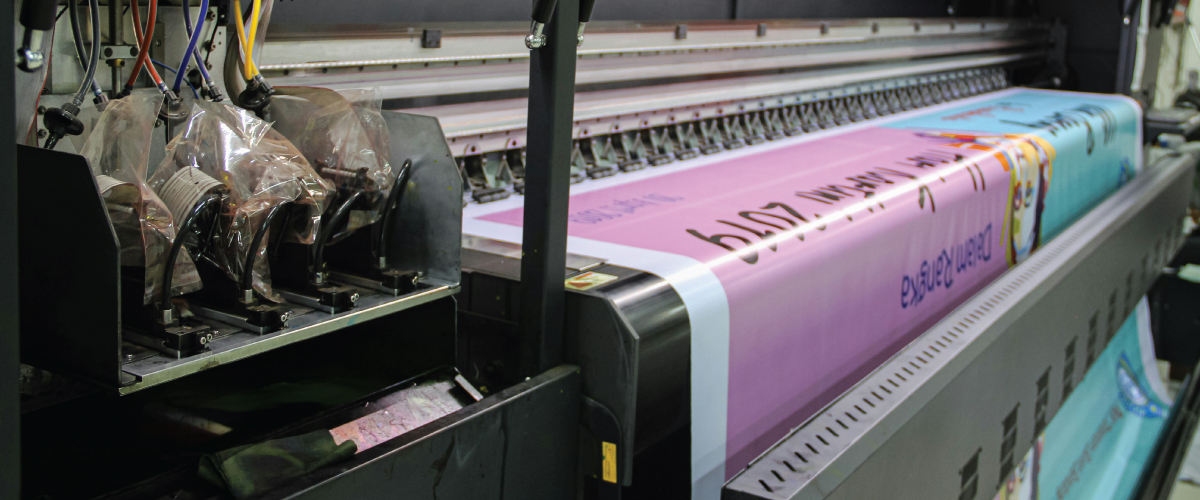Digital vs Offset Printing: Which is Right for Your Project?
Choosing between digital and offset printing can be a tough decision. It can significantly impact your project’s outcome. Each printing method offers unique advantages that cater to different needs. Digital printing is renowned for its speed as well as efficiency, making it ideal for small runs and quick turnarounds. On the other hand, offset prints are known for their high-quality results and cost-effectiveness on larger volumes. Understanding these differences is essential in selecting the right approach for your specific project.
In this blog, we will explore the key factors that distinguish digital printing from offset printing. We’ll examine aspects such as cost, quality, and turnaround time to help you make an informed decision.
Importance of Printing Quality for Business Success
The quality of printing plays an important role in the success of any business. High-quality prints reflect the professionalism and attention to detail of your company, impacting how clients perceive your brand. Be it business cards, flyers, posters, or any other marketing materials printing, always invest in the quality. Commercial printing that maintains high standards can also ensure consistency across all materials. This contributes to a consistent and attractive brand presence.
Here are key reasons why print quality matters for business success:
Professional Image: High-quality prints project a polished, professional image to clients and prospects.
Brand Consistency: Consistent print quality helps maintain a uniform brand appearance across all materials.
Enhanced Credibility: Well-produced materials can enhance your business’s credibility and trustworthiness.
Effective Communication: Clear, crisp prints ensure your message is communicated effectively, avoiding misunderstandings.
Marketing Impact: Attractive printed materials capture attention and engage potential customers.
Competitive Edge: Superior print quality can also distinguish your business from your competitors.
What is Digital Printing?
Digital printing is a modern method of printing that transfers digital images directly onto various media. Unlike traditional methods such as offset printing, digital printing does not require physical plates or rollers – it allows for quicker and more flexible production. This technique is commonly used for short runs, customised prints, and on-demand projects.
Digital printing excels in delivering high-quality results with precise colour reproduction and fine detail. This feature makes it ideal for producing promotional materials, business cards, and other marketing collateral.
Digital printing is widely used across different industries due to its versatility and efficiency. It is particularly valuable for producing items that require rapid turnaround or frequent updates. For instance, personalised marketing materials, event banners, and custom vinyl printing are often produced using digital techniques. This method also supports a variety of media types, from paper to fabric, allowing businesses to create diverse print products tailored to their specific needs.
How does digital printing work?
Digital printing works by directly transferring digital files onto a chosen substrate using various technologies. The process typically starts with a digital file, which is then processed by a printer equipped with advanced technology. This can include inkjet or laser printers, depending on the desired output.
The digital offset printing method might also be employed for specific applications, providing quality results similar to traditional offset methods but with digital convenience.
Once the file is prepared, the printer applies ink or toner in precise amounts directly onto the media. Unlike traditional methods, there is no need for physical plates or cylinders, allowing for faster setup and less wastage. This efficiency makes digital printing suitable for both large and small print runs, with the flexibility to handle a range of materials.
Advantages of Digital Printing
Digital printing offers several key benefits for various printing needs:
Quick setup
Minimal waste
Cost-effective for short runs
Versatile media options
Easy customisation
What is Offset Printing?
Offset printing is a traditional printing method widely used for high-volume production. It uses plates to transfer images onto a rubber blanket, which then rolls the image onto the printing surface. This technique is known for its ability to produce consistent prints. It is ideal for tasks that require large quantities, such as brochures, magazines, newspapers, and books. Moreover, it offers superior image quality and precise colour reproduction, making it a preferred choice for commercial projects.
This method is highly valued for its efficiency and reliability in producing detailed and vibrant prints. While it involves more setup compared to digital methods, the results are cost-effective for large runs. Offset printers are often used in various industries for bulk printing needs, ensuring each copy meets high standards of quality.
How does offset printing work?
Offset printing starts with creating a metal plate that carries the image to be printed. This plate is then used to transfer ink onto a rubber blanket, which subsequently applies the ink to the printing surface. The process allows for accurate reproduction of images and text.
This method involves several steps, including plate preparation, inking, and transferring the image onto the media. Although the initial setup can be time-consuming, its efficiency makes it suitable for large print runs, particularly in commercial offset printing projects – offering consistency and precision across all printed materials.
Advantages of Offset Printing
Offset prints offer several notable benefits:
Excellent quality
Cost-effective for large runs
Consistent results
Wide media compatibility
Sharp text and images
Digital Printing vs Offset Printing: A Detailed Comparison
When choosing between digital and offset prints, it’s essential to consider various factors. Here’s a detailed comparison to help you decide:
Print Quality and Resolution
Digital printing provides great results with crisp details and vibrant colours; hence, suitable for short runs and custom projects. Offset printing excels in producing sharp, consistent images and text, especially in large volumes.
Use Cases
Digital printing services are ideal for customisation and on-demand needs, such as personalised marketing materials. Offset prints are best for high-volume printing, including newspapers and magazines, where consistent quality is required.
Customisation
Digital printing allows for easy customisation and variable data printing, making it perfect for personalised items. Offset printing has limited customisation options and is less flexible for frequent changes.
Cost Considerations
Digital printing is cost-effective for small quantities and quick jobs. Offset prints offer lower per-unit costs for large print runs, making it economical for bulk projects, like corporate printing.
Environmental Impact
Digital printing typically generates less wastage and uses fewer resources. Offset printing can be less eco-friendly due to the need for plates and excess ink.
Deciding Between Digital and Offset Printing
Choosing between digital and offset prints depends on your specific needs and project requirements. Digital printing excels in customisation, speed, and cost-effectiveness for short runs. On the other hand, offset printing offers superior quality and efficiency for large volumes. Both methods have their advantages, so consider above factors before making a decision.
For professional guidance on your printing needs in Melbourne, contact VIC Signs Group. We offer expert solutions to help you achieve the best results for your projects. Call us on (03) 9687 5071 / (03) 9221 6157 or email us at info@vicsigns.com.au.
 Skip to content
Skip to content




